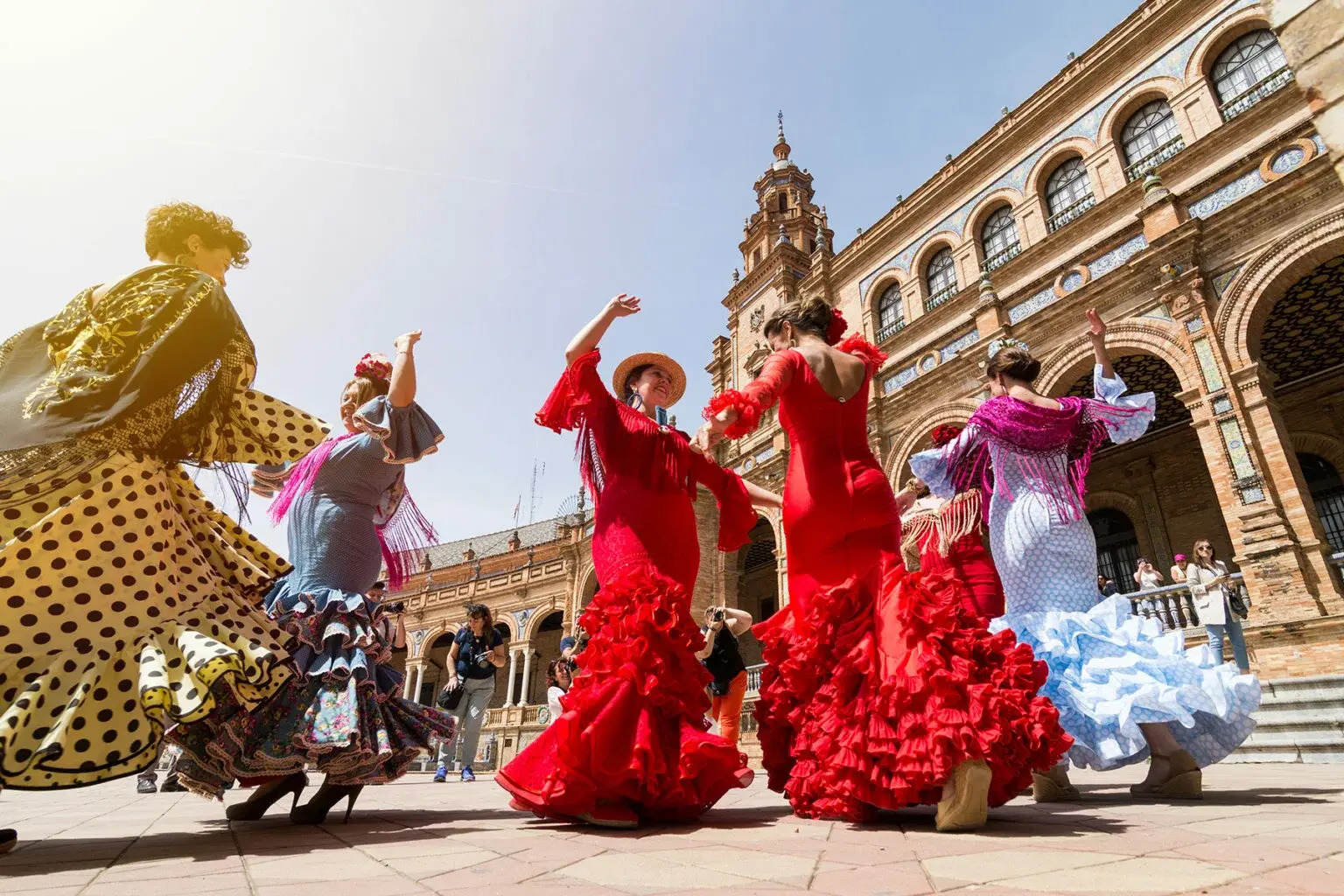May is a month that flourishes not only with the vibrant beauty of blossoming flowers but also with a rich tapestry of festivals and intriguing historical anecdotes. As spring reaches its zenith, it’s time to dive into some captivating facts about this enchanting month. Are you ready to embark on an expedition through petals, parades, and hidden historical gems? Let’s put your knowledge to the test with a little challenge: can you recall the origins of some of these festivities or the meanings behind May’s floral symbols?
1. The Flower of the Month: Lily of the Valley
May’s birth flower, the Lily of the Valley, encapsulates the essence of the month. This delicately fragrant flower symbolizes humility and the return of happiness. Historically, it has been associated with spring and rebirth. The flower’s discreet white bells peeking from lush green foliage evoke a sense of wonder and serenity. Did you know that Lily of the Valley is also referred to as “Our Lady’s Tears?” This nickname captures a mystical aspect, intertwining folklore with the beauty of nature. Be mindful—this flower is toxic if ingested, a reminder that beauty can sometimes hide danger.
2. May Day Celebrations
May 1st heralds May Day, a celebration that marks the changing of seasons and the arrival of spring. Ironically rich in history, May Day has roots that trace back to ancient pagan festivals. In many cultures, it is celebrated with dancing around the maypole, a tradition that fosters communal spirit and joy. The maypole itself, adorned with colorful ribbons, stands as a symbol of fertility and abundance. Dance around it, if you dare—can you weave your way through those ribbons without getting tangled?
3. The Pivotal Role of May in History
May is also a significant month in the annals of history. For instance, on May 4, 1886, the Haymarket Affair occurred in Chicago, which was pivotal in the labor movement. This rally for workers’ rights took a violent turn, leading to legacy and awareness of worker exploitation. As we celebrate flowers and festivals, it’s important to acknowledge how past events have paved the way for current rights and freedoms. How does the blend of festivity and social justice resonate with you today?
4. The Tradition of Flower Festivals
Spring is embellished with numerous flower festivals that celebrate the blooming bounty of May. The Pasadena Rose Parade is one such marquee event, renowned for its elaborate floats constructed entirely of flowers. Each year, participants channel creativity and ingenuity into their designs, often competing for best in show. The San Francisco Flower and Garden Show also gleams as a showcase for horticulture enthusiasts, offering workshops, exhibitions, and advice from master gardeners. Which of these floriferous celebrations sparks your imagination the most?
5. Floral Symbolism and Their Meanings
Exploring May’s flora reveals deeper meanings behind the blooms. Aside from Lily of the Valley, the Hawthorn blooms and the Sweet Pea also characterize May. The Hawthorn is synonymous with protection and hope, while the Sweet Pea represents blissful pleasures and departure. Each flower harbors not just aesthetic appeal but stories waiting to be unraveled. Can you capture the essence of these flowers in a single sentence? Challenge yourself to weave poetry using their meanings!
6. Cultural Observances
May is alive with cultural observances across the globe. In Mexico, Cinco de Mayo celebrates the Mexican victory over French forces at the Battle of Puebla in 1862. This event is not merely a day for parties but serves as a symbol of resilience and national pride. Similarly, in Japan, the showy cherry blossoms serve as an emblem of transient beauty, ushering in Hanami festivals where people gather to appreciate the ephemeral nature of flowers. How does experiencing one of these cultural observations compare to a typical gathering in your own community?
7. Folklore and Myths of May
May is steeped in folklore, including Maybourne, a mythical fairy associated with the month, believed to bless the earth with fertility and abundance. Many traditional European tales feature tales of May Queens, young women who represent the spirit of spring, crowned with flowers and celebrated in festivities. These stories connect nature to humanity, emphasizing the cycle of life and renewal. Have you ever felt a connection to a story that brought a flower or natural element to life for you?
8. The Eclectic Embrace of Modern Events
In contemporary times, May is marked by various light-hearted observances, such as Teacher Appreciation Day and International Family Day. While these may not be directly flower-related, they foster a sense of togetherness and foster appreciation for community and connection. From giving flowers as tokens of gratitude to loved ones or educators, this month encourages us to celebrate with flowers and kind gestures alike. As May closes, how can you express gratitude to those who shape your life?
In conclusion, May unfolds as a spectacular canvas laced with flowers, festivals, and a semblance of hidden histories. Each petal, each festivity serves as a reminder of the joy of renewal and the importance of connection in our lives. So, as you revel in the beauty of May, remember to take a moment to appreciate its profundity and vibrancy. What will you do this May to engage with its fascinating traditions and stories? Your challenge awaits!










